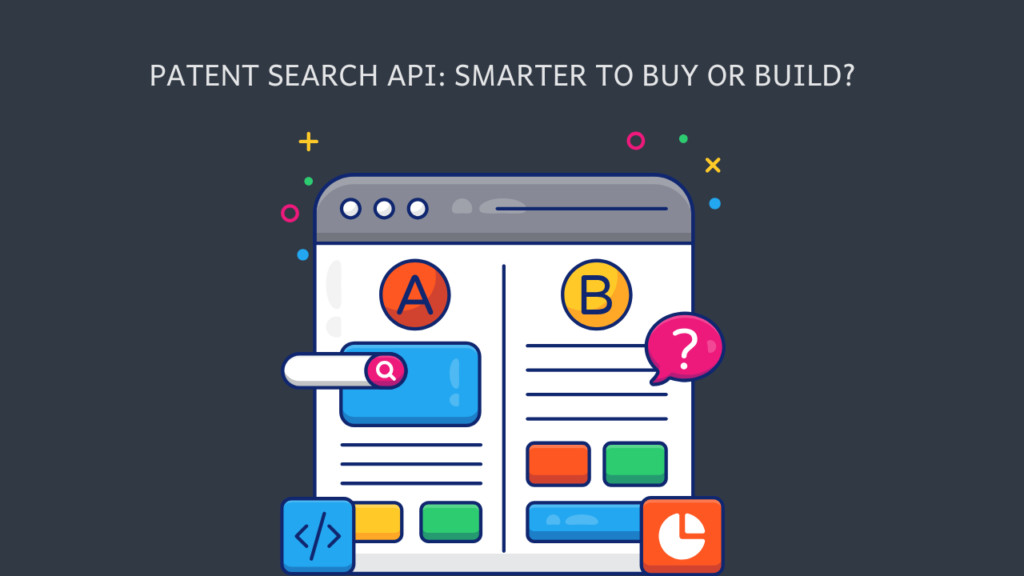
Patent Search API: Should You Build In-House or Buy Off-the-Shelf
Sooner or later, someone in the boardroom asks: Wouldn’t it be smarter to create our own patent search API instead of licensing one? On the

Patent rejection statistics say: “The probability of failing at the patent office is much higher than that of receiving the patent.”
There are 88.6 % chances that you won’t get a patent on your invention.
“Your patent application is rejected!!” – No inventor wants to hear this!
But the hard truth is many inventors face rejection at the patent office. Either because their invention is not new or deemed obvious. The figure below shows patent rejection statistics for patent applications filed between 2017 – September 2020. 21.28% of rejections were because the invention was found non-novel or not new (102 Type). 46.95% of rejections were because the invention was found obvious due to a combination of two or more prior arts (103 Type).
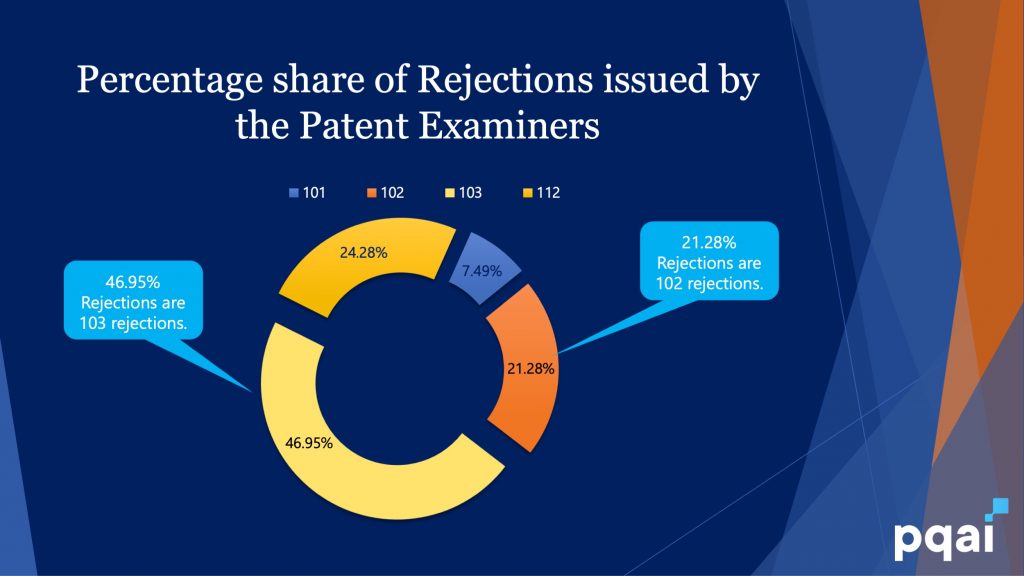
Curiosity:
Is my idea new? Maybe.
I need to find out if someone has created a product like my invention.
Anxiousness:
Let me do a quick Google check.
…Search in progress…
After 15 minutes…
…No matching results were found!..
So cool, no one thought about it until now! Yayyyy!
Hope:
Let me get a patent on my invention.
Hopefully, I can sell it for a good price $$$
Hustle:
Let me take some help from an I.P. community on the internet.
…after some Google search and help…
Yay! Patent application has been filed.
Heartbroken:
“Your patent application is rejected!!”
Oh No all $$$ went to waste.
Would you apply for a patent if you knew there was an 88.6% chance you won’t get it?
Probably not. Alternatively, you would want to look for ways to succeed at the patent office! A few ways could be checking if:
You would drop the patenting idea or refine your invention with all this information.
Finding this information could be challenging. In this post, we have shared a solution that can increase your chances of success at the patent office.
Before that, let’s look at the patent office’s data about the issuance rate.
The other day, I came across a research paper by Yale University, What is the Probability of Receiving a U.S. Patent?, published in Yale Journal of Law and Technology in Issue 1 of 2015.
Authors of the paper:
The authors dived into the issuance rate at the USPTO.
Deepak et al. studied 2.15 million utility patent applications filed between 1996 and 2005 and examined them until June 30, 2013. The key highlight of their study is the continuous decline in allowance rate with each year.
In 1996 about 70% of patent applications turned to a patent which by 2005 fell to 40%.
Further, their study points out that the chances of a patent application getting granted in the first go – First-Action Allowance – is only 11.4%. In other words, there is an 88.6% chance that the examiners will reject a patent application at the USPTO.
You might be wondering what the first action allowance is. Don’t let the jargon bother you. The first-action allowance means the patent got granted in the first go itself.
To top it off, the situation is even worse for the inventors at small companies – companies with less than 500 employees. Their first-action allowance rate for inventors from small U.S. companies or individual inventors was only 9.3% during the period, while the inventors from large U.S. companies had a slightly better first-allowance rate of 10.7%. Their foreign counterparts fared well, however, due to a possible reason that they file only the most critical patent applications in the U.S.
Further, there is a considerable gap of 15.8% in the allowance rate between Large (75.3%) and Small corporations (59.5%) in the U.S. Another striking finding of the study is that the application filed by small inventors in the biomedical domain has bleak chances of receiving a grant.
One plausible reason for the high rejection rate is that inventors are unaware of the existing prior art. By prior art, we mean that an invention like yours exists. Either as a product in the market, a concept disclosed in a patent or a non-patent document. The patent rejections statistics where the popular rejection is USC 35 103 confirm this.
The examiner gives 102 type rejections when he finds an exact prior art invalidating claims of a patent application.
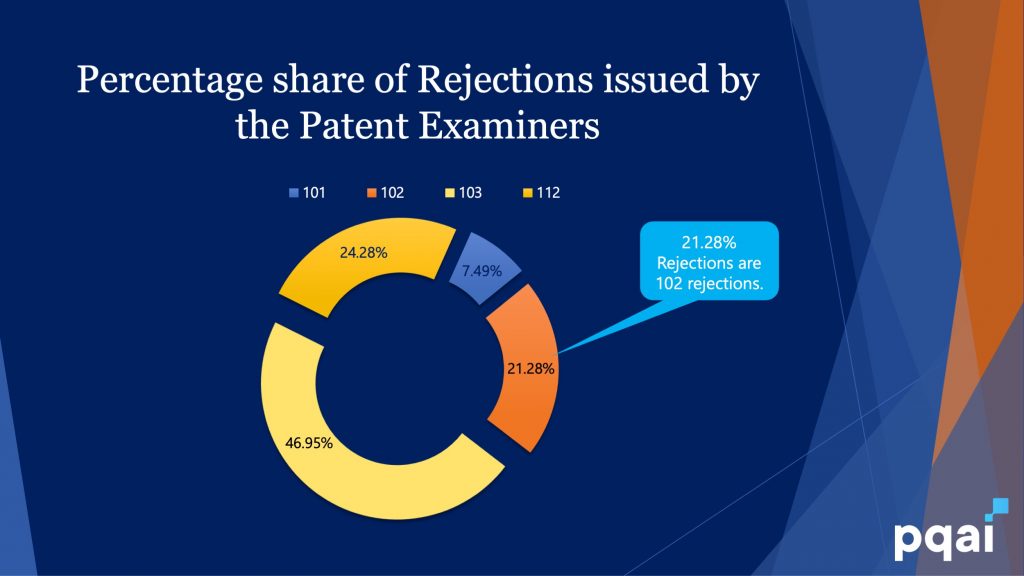
The examiner gives 103 type when he combines two or more references to prove an invention disclosed in a patent application as obvious.
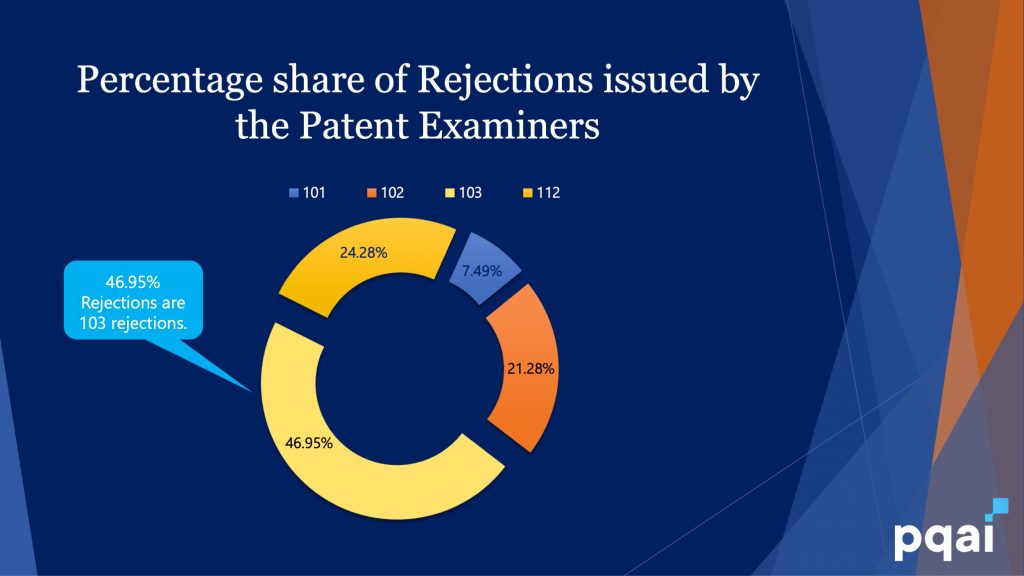
An increase in the number of rejections shoots up the time to get a patent and also the patent filing cost. This discourages small companies that don’t have a big budget, especially startups and individual inventors. To top it off, even if a patent is granted, its chances of making money remain slim.
One of the main reasons for the rejection is existing prior art that proves either the invention is ‘not new’ or ‘obvious.’ Hence, it’s time to equip inventors better to be successful at the patent office. That’s where PQAI steps in. It can help you save thousands in patentability searches before you file a patent.
Instead of going in blind, inventors can use PQAI’s AI-powered prior art search to check novelty before filing. It helps you spot prior art that could trigger a 102 or 103 rejection, refine your claims with your attorney, and save thousands in wasted filing costs.
PQAI is designed to give inventors clarity at the very beginning of their patent journey. With its open-source foundation and AI engine trained on real patent examination data, it surfaces results that traditional keyword-based tools often miss. In doing so, it reduces uncertainty, speeds up decision-making, and improves your odds of success at the patent office.
Want to see PQAI in action? Below is a quick preview of how the PQAI search tool works.
But don’t stop here. Try the tool yourself here.
At PQAI, we bring clarity to the world of patents. Through storytelling and insight, we simplify inventions so innovators, researchers, and businesses can learn from the past and build the future.
Share

Sooner or later, someone in the boardroom asks: Wouldn’t it be smarter to create our own patent search API instead of licensing one? On the
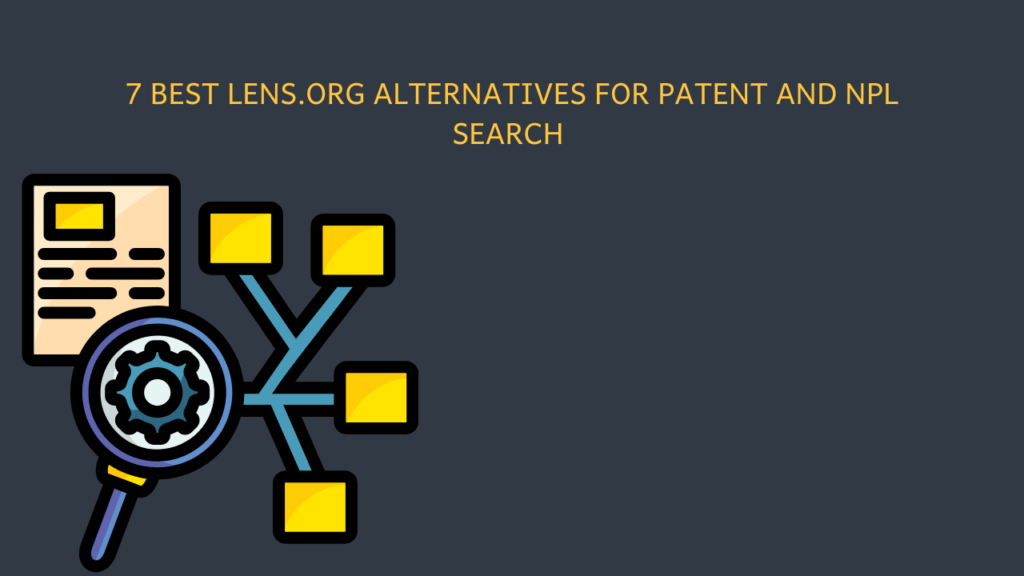
Among open platforms for patent and scholarly search, Lens.org has become a familiar name. With access to both patent and non-patent literature, it has positioned
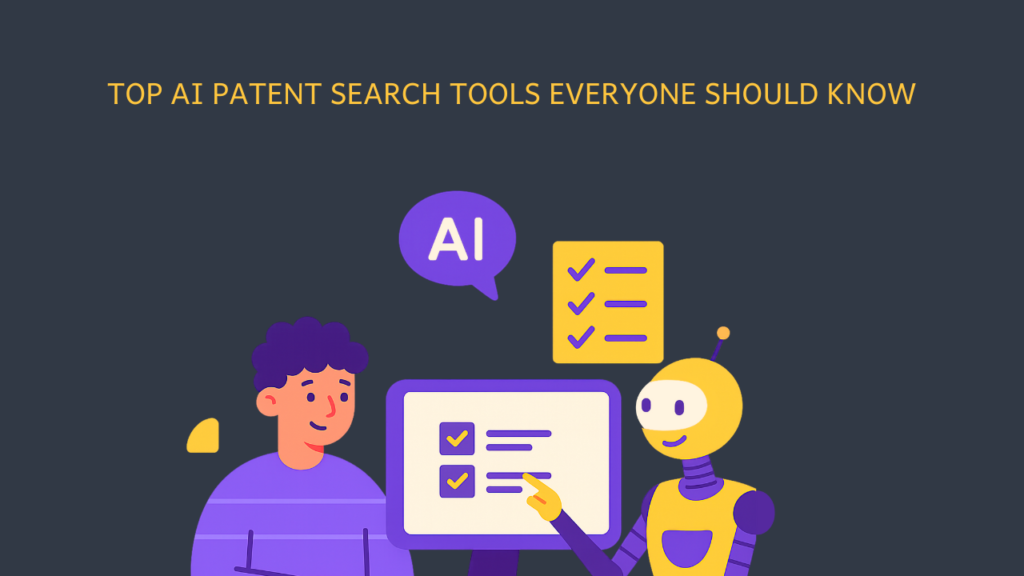
Imagine this: you design a smart blender that measures nutrition as you add ingredients. Excited, you type “nutrition tracking blender” into a patent search engine
Dear PQAI Team,
We are pleased to express our support for PQAI and its mission to revolutionize patent searching through open-source, AI-driven solutions.
At [COMPANY NAME], we recognize the importance of accessible and efficient patent tools in fostering innovation and empowering inventors from diverse backgrounds. By supporting PQAI, we aim to contribute to the development of transparent, collaborative, and impactful solutions for the intellectual property community.
We kindly request the addition of [COMPANY NAME] to the official List of Supporters of PQAI.
Sincerely,
[CEO or Equivalent Name]
[Title]
[Company Name]
[Signature]